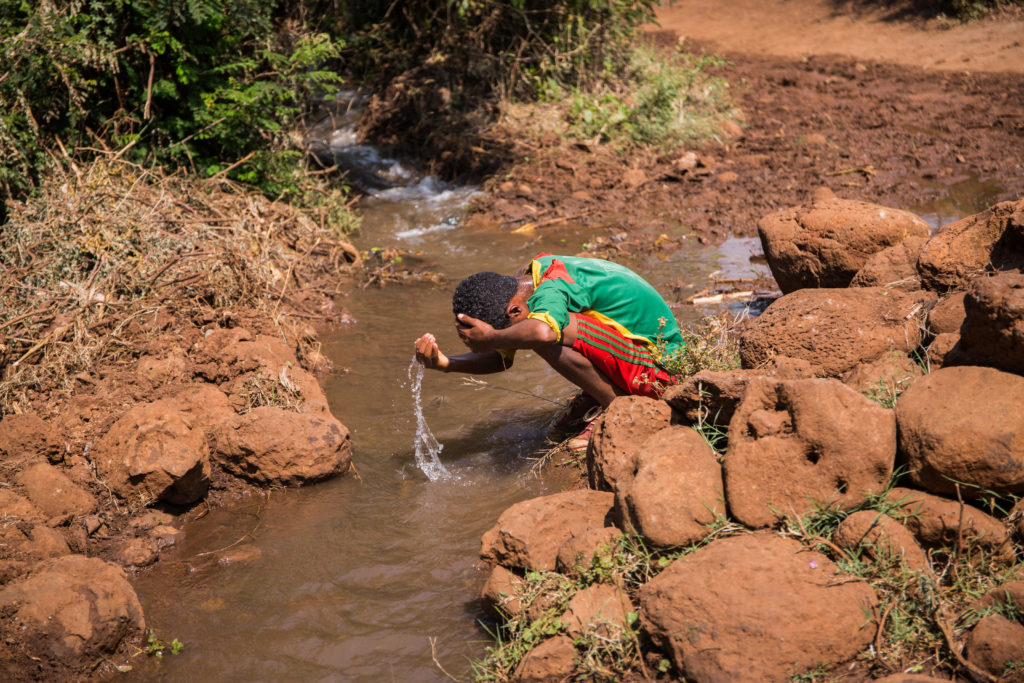Children have different S&H needs at different stages of their development, which can broadly be broken down into: infant (0-2 years, often called ‘BabyWASH’); early childhood (3-5 years); school age (6-12); and adolescents (13-18).
For children under five, water- and sanitation-related diseases are one of the leading causes of death. Diarrhoea, malnutrition and stunting further impact on their growth and development, with the potential for long- term negative effects on children, in terms of both physical and cognitive development.
Disposal of children’s faeces is another neglected area of research, policy and programme intervention. The belief that children’s faeces are not harmful is widespread and contributes to the unsafe disposal of children’s faeces even in areas with high levels of toilet use.
Furthermore, many schools do not have adequate S&H facilities, and when they do exist, are often poorly maintained. This lack of S&H facilities can prevent children from attending school, in particular girls, who also need suitable MHM facilities. Using public latrines can also be dangerous for children and adolescents.
Children’s meaningful participation in S&H programmes is centrally important in achieving sustainable outcomes, and providing services which are child-friendly and meet their varying needs.






